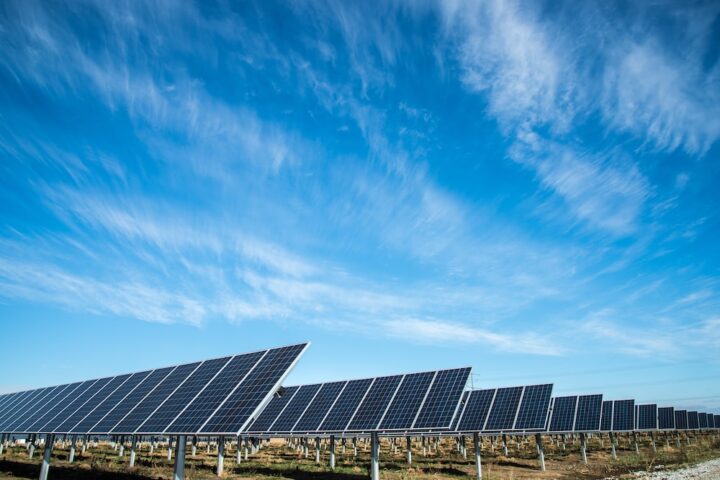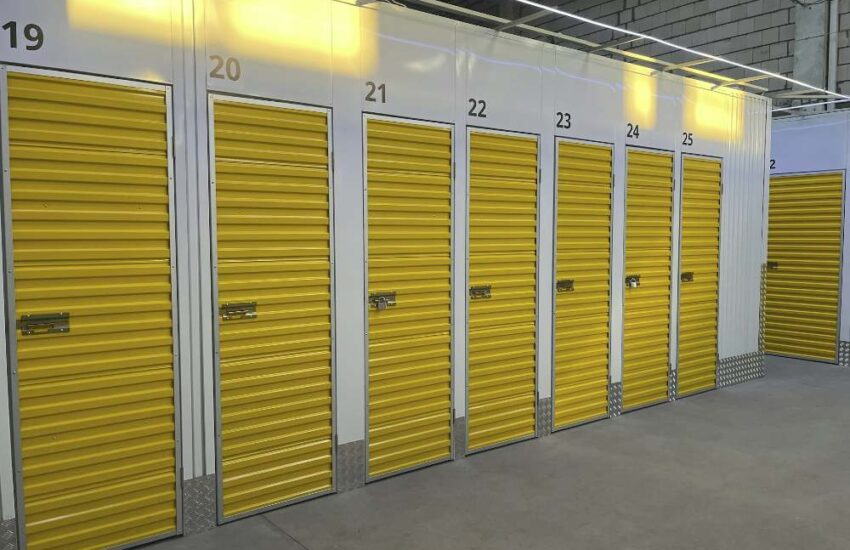Tips for Designing the Best Solar Panel Configuration for Optimized Results
If you are like most homeowners, you likely search for ways to reduce your monthly bills. You have probably even heard about solar panel installation San Antonio but didn’t understand the specifics about how solar works and how to configure a system that makes a real difference in your energy costs. This is what you should know.

Understanding the Way Solar Panels Work
Light from the sun has electromagnetic radiation. Today’s solar panels, whether they are concentrating solar-thermal power, used in power plants, or photovoltaics, gather that energy. The most common solar panel for energy is a photovoltaic panel. These panels absorb the sun’s energy. This energy causes the charge that move throughout the cell in the panel, creating electricity.
The panel, typically made with silicon-crystalline, has several cells that can produce an average of 0.5 volts. Individual cells, which get mounted to an aluminum frame, get connected to additional modules to create a full solar array that produces your desired energy. A full system can have a combiner box, inverter, AC and PV disconnect switches, a breaker panel, a charge controller, a meter and, possibly, a battery bank.
All these items convert your solar energy into energy you can use. You can also hook into the grid and share your electricity. This also allows you to draw extra energy from the grid when needed.
Gathering Solar Costs
Learn about the costs before making your decision. Each of the components has a cost, and so does the installation. Panel systems can cost between $2.50-3.50 per watt produced. You could pay up to $25,000 or more for a full system that produces 6,000 or more watts. However, your long-term maintenance and other costs are minimal. You may have some minor maintenance and cleaning costs, but your panels should last up to 20 years without major expenditures.
The federal government may offer solar rebates, which may pay up to 30% of your costs in tax credits, that you can use to offset the cost of your system. Your state may also offer incentives or rebates that could further offset your costs.
Everything You Need To Consider When Configuring
The first thing you should consider when you determine your solar configuration is the amount of electricity you use every month. Build a system that can replace all or some of your usage.
Remember that your system will not produce electricity when the sun doesn’t shine on the panels, so they may produce less energy during the winter months and at night. You can choose a battery system or link into the grid.
You also need to consider the location you plan to place the panels. Consider your roof angle and whether it allows you to get sufficient sunlight. Also, look around for trees or structures that could shade your array, reducing the amount of energy you can produce. Your roof may also need replacement or repair.
Evaluate your panel and inverter efficiencies and the most effective monitoring system. Consider your cleaning requirements as well.
Now that you understand how solar energy systems work, you should consider your configuration elements and compare your potential savings and solar panel cost to determine your payback period.


